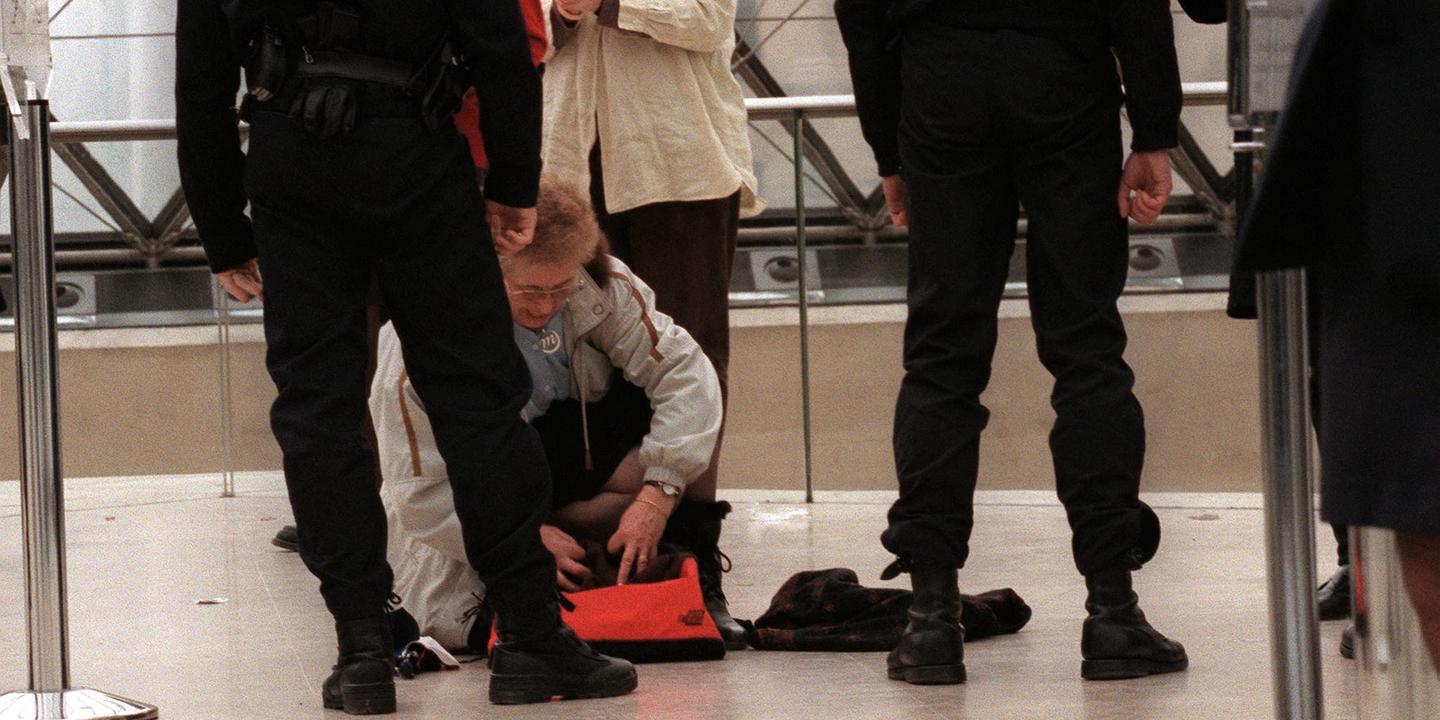Beye Faces Growing Scrutiny as Rennes Extends Winless Run
Avian Flu Returns to French Poultry Farms as Seasonal Risk Rises
French Senator Gilbert Bouchet Dies After Championing ALS Reform
French Actor Pierre Niney's Five-Day Mountain Retreat Sparks Social Media Buzz
Louvre Heist: Four-Member Commando Flees With Historic Jewels After Seven-Minute Raid
Security Under Scrutiny as Louvre Faces New Theft After Infamous 1911 Case

The Louvre Museum in Paris, targeted in a spectacular robbery on Sunday, October 19, 2025, has a long history of security breaches dating back over a century. While recent reports indicate the theft involved jewelry of "inestimable value," this incident follows a pattern of high-profile crimes at the world's largest art museum. The museum's vulnerability to theft was most famously demonstrated in 1911 when Leonardo da Vinci's Mona Lisa was stolen from its walls, an event that forever changed the museum's security protocols and the painting's global reputation.
The 1911 theft of the Mona Lisa remains the most famous incident in the Louvre's security history. Vincenzo Peruggia, an Italian glazier who had previously worked at the museum, executed the daring theft on August 21, 1911. According to historical accounts, Peruggia simply hid inside the museum until closing time, removed the painting from its wall in the Salon Carré, and walked out the following morning with the masterpiece concealed under his coat. The theft occurred during an era when security measures were minimal, with no alarm systems to protect the world's art treasures.
Peruggia's crime went undetected for two years while he kept the painting hidden in his Paris residence. The thief was eventually apprehended in Florence on December 10, 1913, while attempting to sell the artwork to art dealer Alfredo Geri. During his defense, Peruggia claimed he wanted to return the painting to Italy, though historical records indicate the work had been legitimately acquired by King Francis I directly from Leonardo da Vinci. The investigation initially followed false leads, with police wrongly suspecting Pablo Picasso and poet Guillaume Apollinaire of involvement in the theft.
The Mona Lisa theft was preceded by other security lapses at the Louvre. In 1907, Géry Pieret, a Belgian who worked as a tourist guide at the museum, stole small antiquities that were simply displayed on pedestals or tables without protection. Pieret's criminal activities later connected him to the Mona Lisa investigation when he was arrested as a suspect in 1911, leading to brief incarcerations for both Apollinaire (for receiving stolen goods) and implications for Picasso. These historical incidents highlight the ongoing security challenges facing major cultural institutions, with the recent 2025 robbery serving as the latest chapter in the Louvre's long struggle to protect its priceless collections.